Now that Apple’s AirPods have become ubiquitous, there are plenty of other companies trying to nip at Apple’s heels with their own wireless earbuds.
Still, any wireless earbuds vendor not named Apple must contend with an uncomfortable question: Why would anyone buy their product instead? After all, other earbuds still can’t match the AirPods’ hassle-free pairing with Apple devices, and since last year’s launch of the AirPods Pro, they can no longer claim exclusivity over noise cancellation or water resistance.
After seeing all the AirPods alternatives vying for attention at the CES trade show last week, I asked some earbuds makers how they plan to take on Apple in 2020. Here are their strategies.
Be cheap and cheerful
The most obvious way for earbuds makers to compete with AirPods is to drastically undercut Apple on pricing. While plenty of wireless earbuds do this already—last year, for instance, I bought a pair of wireless buds from Chinese e-commerce site Banggood for $25—what struck me about some of the cheap buds on display is how they lean into their cheapness with fun color options.

Do what Apple won’t
One of the more interesting AirPods alternatives I saw came from a company called Acouva. Unlike most wireless earbuds, Acouva’s $250 Extreme buds will come with removable lithium-ion batteries, and the carrying case has an extra pair that users can swap in.
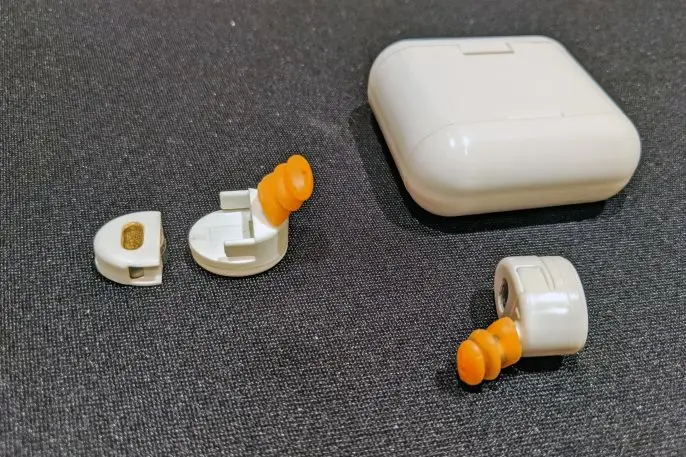
One other neat feature worth noting: Acouva’s earbuds can store an hour or two of music files, so you can leave your phone behind and still play music when you’re on a run or at the gym. They’re launching in the third quarter of this year.
Win the specs war
Jabra has been taking on Apple in the wireless earbuds business since 2018, and its latest Elite Active 75t earbuds have a few superior specs that could steer some people away from AirPods. For instance, you can wear them in the shower, dunk them in up to a meter of water, or expose them to dust thanks to an IP57 protection rating. (Apple’s AirPods Pro have an IPX4, which offers lower water resistance and no dust resistance, while standard AirPods have no water or dust resistance.)
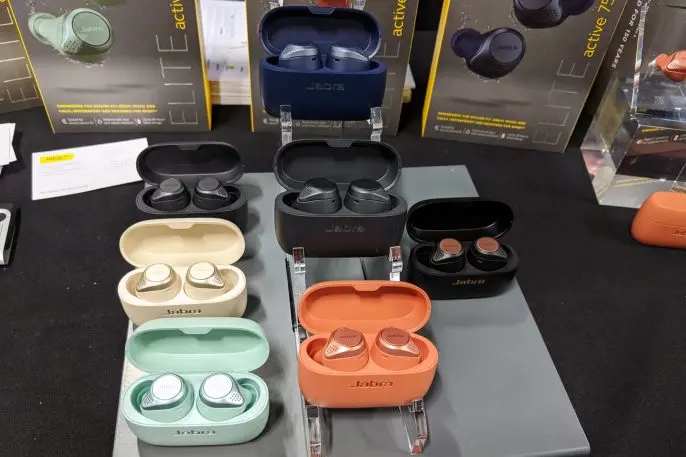
Layer on clever design
Instead of just trying to compete on specs or pricing, some earbuds makers have come up with other smart ways to distinguish themselves.
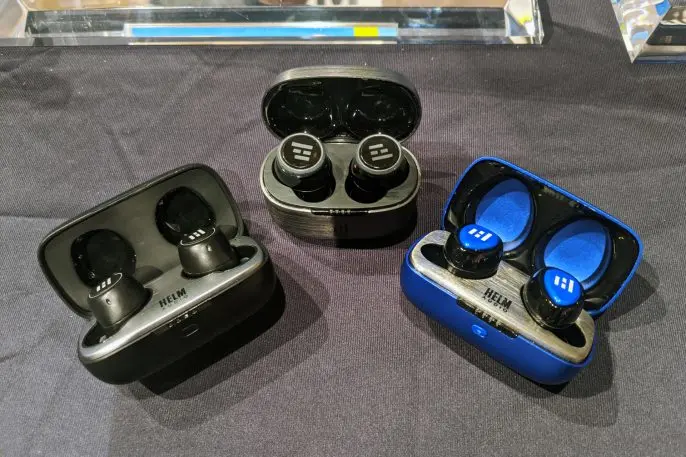
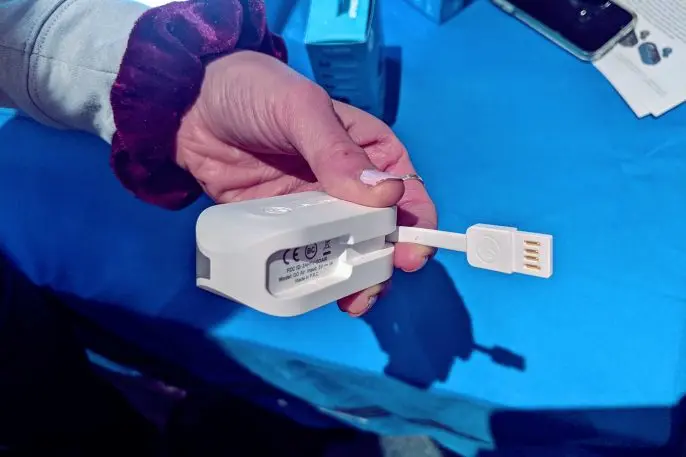
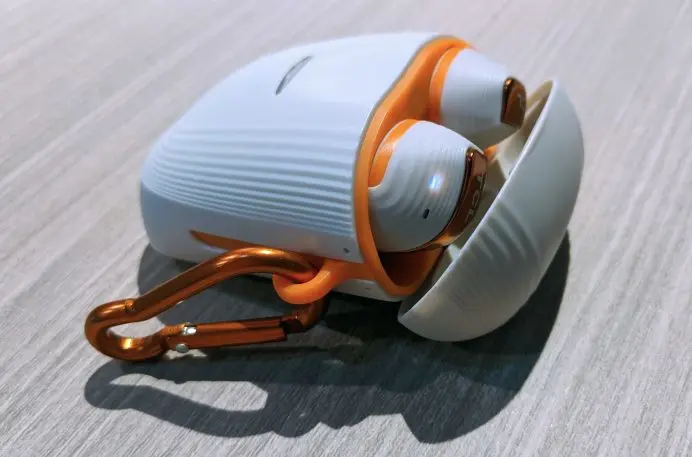
Find a focus
Rather than pursuing a broad audience, some companies are getting more specialized.
Australia-based Nuheara has been straddling the line between earbuds and hearing aids for a few years now, but its latest IQbuds2 Max are a major overhaul, with both new hardware and software. Nuheara’s mobile app first runs a hearing assessment to identify frequency loss, then the earbuds equalize their sound to compensate. In addition to offering active noise cancellation, the trio of microphones on each earbud can focus on sound in front of the wearer while reducing the surrounding noise.
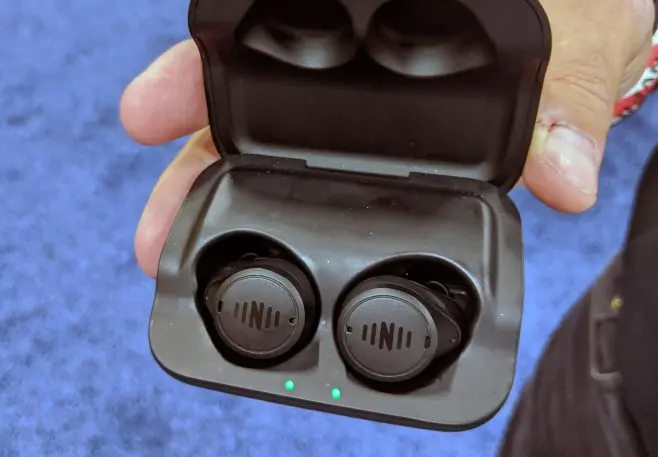
Of course, it’s unlikely that any of these AirPods alternatives will dethrone Apple in 2020, but at least they’ll give people a wider and more interesting range of wireless audio options as headphone jacks keep disappearing.
Recognize your brand’s excellence by applying to this year’s Brands That Matter Awards before the early-rate deadline, May 3.
